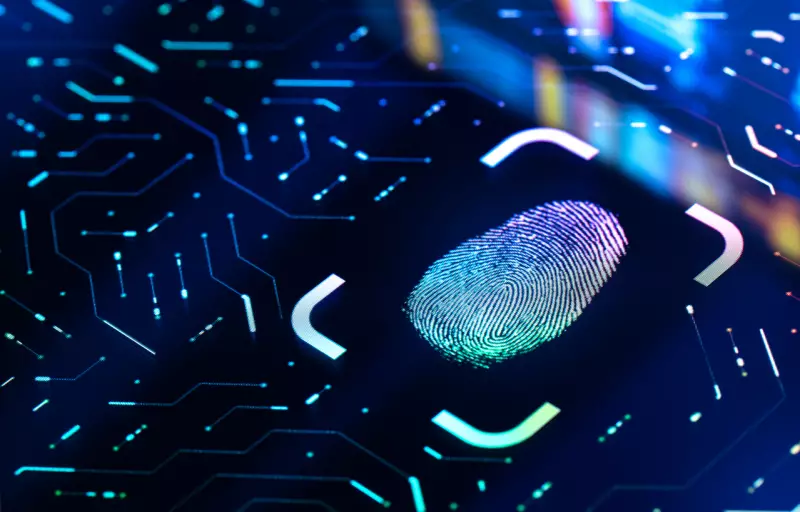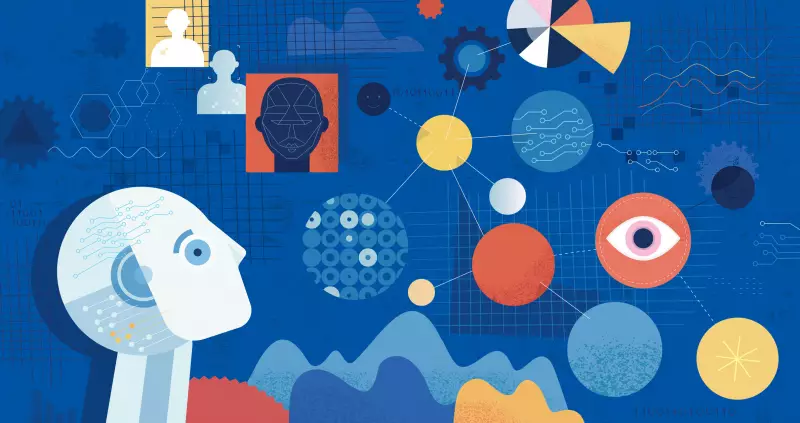What Is Biometrics and How Secure Is Biometric Data
Table of Contents
- By Greg Brown
- Published: Oct 10, 2023
- Last Updated: Oct 20, 2023

Cybersecurity has taken major steps forward in protecting the modern world in recent years. Even though little is given to the public, securing global networks and computer systems is a significant industry in the global information processing structure.
The world’s first computer password began at MIT in the mid-60s when researchers built a room-size, time-sharing computer termed the CTSS. A password was given to each user for their set of files, a straightforward process; however, there was no other solution at the time.
Today, how frustrating is it to deal with the agony of sending a tweet, e-mail, or ordering groceries online when everything needs a password? How much money do we spend on password managers?
When will total biometric security arrive?
Biometric Security
Using the hand and fingerprints dates back to ancient times; it wasn’t until fingerprinting became standardized that modern biometrics was born. The password method continues to be the primary means of logging into modern computer networks; however, times are changing. Biometrics are now available everywhere.
The basic premise of authentication with biometrics is every person on the planet can be accurately identified by intrinsic, physical, or behavioral traits. Biometrics is from the Greek words bio, meaning life, and metric, meaning to measure.
The UK’s National Cyber Security Centre defines biometric security as “the biological characteristics of an individual, such as face or fingerprint, which can be used to verify their identity.”
Meaning Of Biometric Security
The aim of the biometric software residing on your computer or network is to identify a specific piece of biometric data from the person. It then compares that image, face, or fingerprint to other profiles in the database.
The National Institute of Health defines biometric traits, which include hand geometry, voice pitch, iris color, gait, and keystroke dynamics. These characteristics are in the context of a given system and application.
Secure Biometric Authentication?
Biometric authentication is on a fast track for global acceptance and not just for financial security logins. The convenience of touching a fingerprint pad or staring at an eye scanner is much more favorable and efficient than scrambling for a lost password.
No computer system or network, no matter how complex, can say it is 100% secure. However, to date, biometrics offers a higher level of personal and corporate security that other forms of authentication cannot provide. Using biometrics security has vulnerabilities, which can be compromised, not hacked.
Algorithms written into modern-day biometric security codes make many modern corporate systems extremely difficult to hack. Criminal groups compromise the operating system or its applications.
- E-mails are easy to jeopardize in several different ways. Weak passwords are easy to guess or purchased from the Dark Web, or a malicious link is clicked at the office or a social media account.
- Spoofing or fake artifacts (replicas of a biometric characteristic) with emerging technology, profiles, and images fool the sensors. Hackers must understand the spoofing technique’s success is counter-intuitive to how humans view an object.
- Identity fraud and theft is an insidious and hurtful crime exploding in popularity worldwide. There are many forms of identity theft and fraud; the US Government has several websites describing biometric scams and what to do.
- Social Security Administration and your SSN
- Federal Trade Commission; reporting the crime
- Department of Justice, What are the two crimes?
Global criminal gangs have always focused on one thing: stealing the victim’s main identity card or social security number. The Dark Web provides all the numbers and information an enterprising criminal needs to do the job.
Credit cards, banking and mortgage information, and other critical information are put at risk.
Once the primary number is stolen, every piece of financial and personal information is compromised. Banking and credit card websites are now a breeze to enter; expect everything to be maxed out soon, and new fraudulent accounts to be opened in your name.
Common Forms of Biometric Authentication

Biometric technology continues to evolve at a skyrocketing pace, with new complex methods and characteristics in development. There are pros and cons to each method.
- Fingerprint recognition is the most established and widespread name on the list, used for decades ahead of emerging trends. Many new smartphones and laptops feature fingerprint scanning. Scaling and damaged prints are significant drawbacks to using fingerprints.
- Facial identification is another widespread method; millions of iPhone owners are familiar with the technology. Large-scale hacking uses the faces at airports, building lobbies, and restaurants to record or match the facial characteristics to known credit numbers or for later use.
- Retinal scanning has become a valid method to identify individuals by using the unique patterns of the iris. Sunglasses and contacts make iris scanning challenging.
- Voice recognition is a widely used means of login entry and authentication. Using the voice is a cost-effective means of authentication because of the widespread use of microphones. Problems arise when getting a clear recording in violent weather or other situations is difficult.
- Gait biometrics has gained popularity in large multifaceted conglomerates to get the most security for the buck. Using the unique shape of someone’s body can make systems almost impossible to crack.
- Vein recognition is one of the newer scanning methods, but it is a highly secure way of authentication. The computer system builds a map for future comparison by looking at the veins underneath the skin. Vein patterns are currently the most effective means of security for high-value facilities. The trade-off for more security is higher costs.
As most of us would like to believe that biometrics is 100% secure, no system is fool-proof. Barriers to entry for the most secure biometric system include cost considerations and unique challenges.
Best Ways to Stay Safe
Companies worldwide are frustrated and fed up with the rise of online attacks, and no one seems to be doing anything to eliminate the problems. Technology giants are taking point at building attack-free environments with new software methods and hardware at end-points around the globe. Flexible, global conglomerates are rapidly combining technologies to give sophisticated hackers layers of high-security technology to get through.
Zero-Trust
Zero-Trust security models combined with biometric authentication make for a stout security system. Both applications are crucial components in the global war against hacking. Over the years, digital assets have become increasingly difficult to protect, which is why zero-trust security models are flourishing.
For several years, fundamental, dramatic changes have been needed for digital assets. A layered, zero-trust approach is needed. For example, a trusted user can bypass all the security measures because of the system’s in-depth approach. However, new users and unfamiliar individuals face a challenging set of rules and regulations to get into the system because of the zero-trust model.
Layered security models give the most trusted access offerings to any section of the company their profile provides. According to JumpCloud explains modern biometric, Zero-Trust models; “networks are no longer on-prem nor Windows®-based, and the security model is shifting to reflect this. With the elimination of the network perimeter and critical digital assets living in a wide variety of systems hosted by various providers, the concept of security must change.”
Combining two dynamic systems has made the security system of Biometrics and Zero-Trust a formidable framework.
















